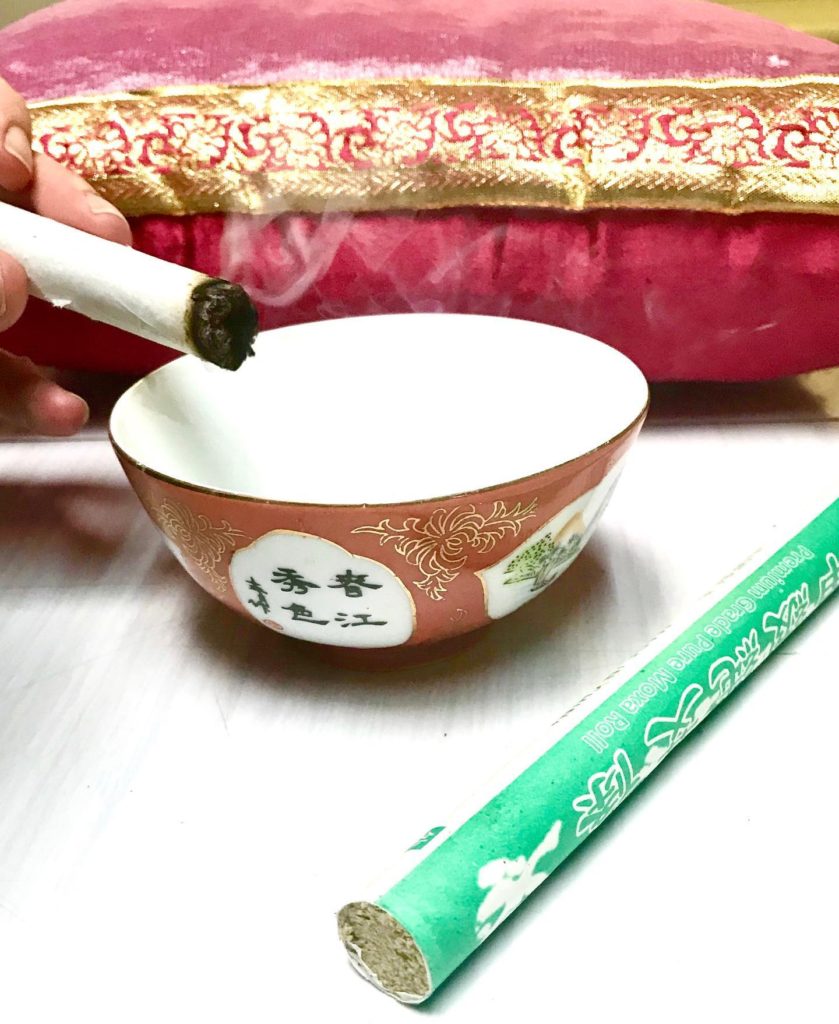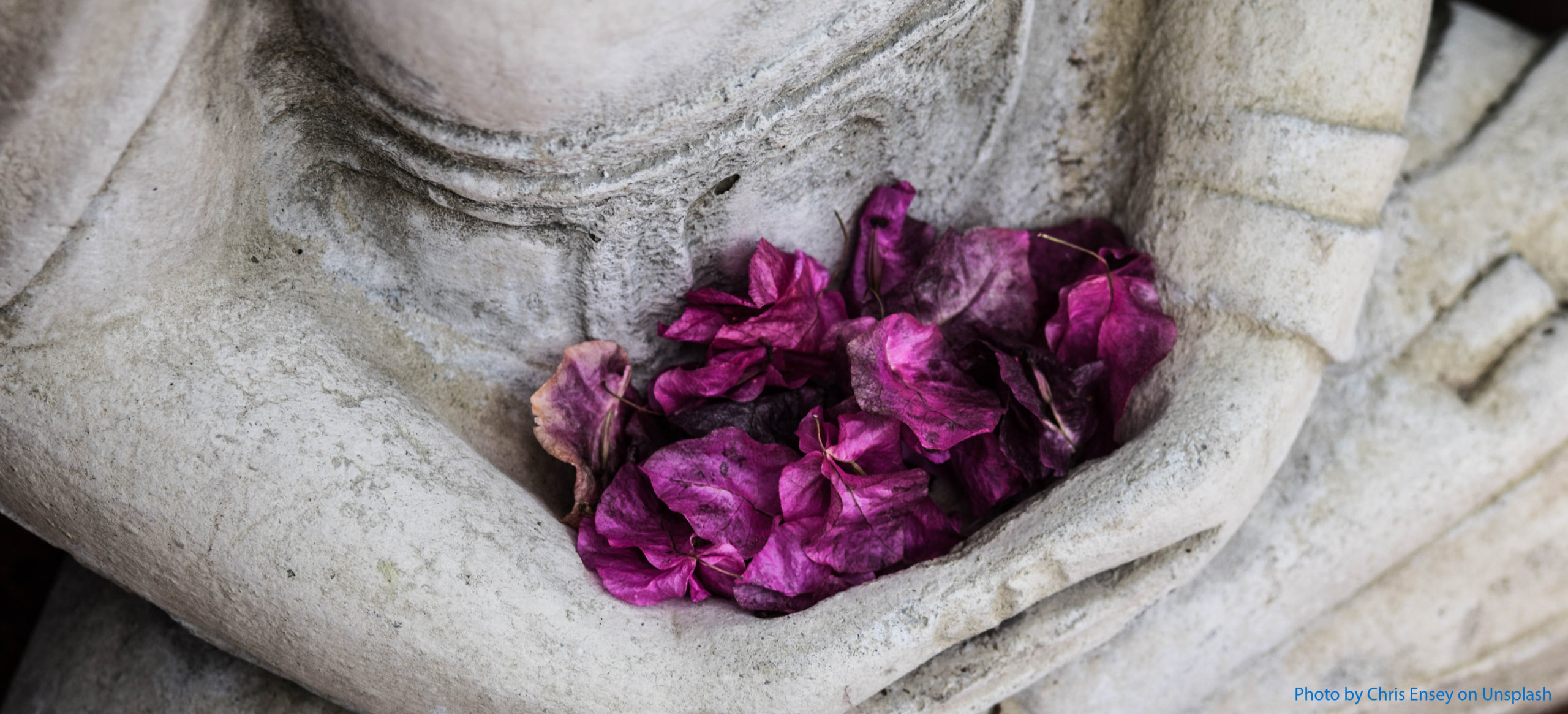
Traditional Chinese Medicine is an ancient healing practice, with it’s oldest records dating back thousands of years.
A complete and holistic health care model, that looks at the whole person and not just the symptoms, Traditional Chinese Medicine incorporates several different techniques and tools:
ACUPUNCTURE- the use of very fine and sterile needles to promote the healthy flow of Qi in the body.
MOXIBUSTION – a warming technique may be used over acupuncture points in certain conditions. This involves the burning of a herb called mugwort which elicits a pleasant warmth to the area and increases blood flow.
CUPPING – the use of round glass cups to apply suction to the skin. These are used to promote blood flow and relieve tight muscles and fascia.
GUASHA – a scraping technique which traditionally uses a porcelain spoon to activate blood flow and in certain conditions, to help clear heat and stagnation.
CHINESE HERBAL MEDICINE – the prescribing of herbs either in raw, pill or granulated form. Traditionally formulas will contain several herbs that are designed to work in synergy with each other.
YANG SHENG – translating to ‘Nurture LIfe’ focuses on self care techniques, incorporating the use of Chinese Medicine Dietary Therapy, exercise and lifestyle advice based on Chinese medicine principles. The aim of Yang Sheng is to provide self care advice to help the individual to maintain their health.
CHINESE MEDICINE DIETARY THERAPY – this looks at the types of foods that suit a person, based on their constitution, environment, lifestyle and presenting complaint. In Chinese Medicine Dietary Therapy, the characteristics of food – For example, whether they are warming, cooling, nourishing or dispersing are an important consideration alongside nutritional content. Refer to the Food Therapy section for further details.
